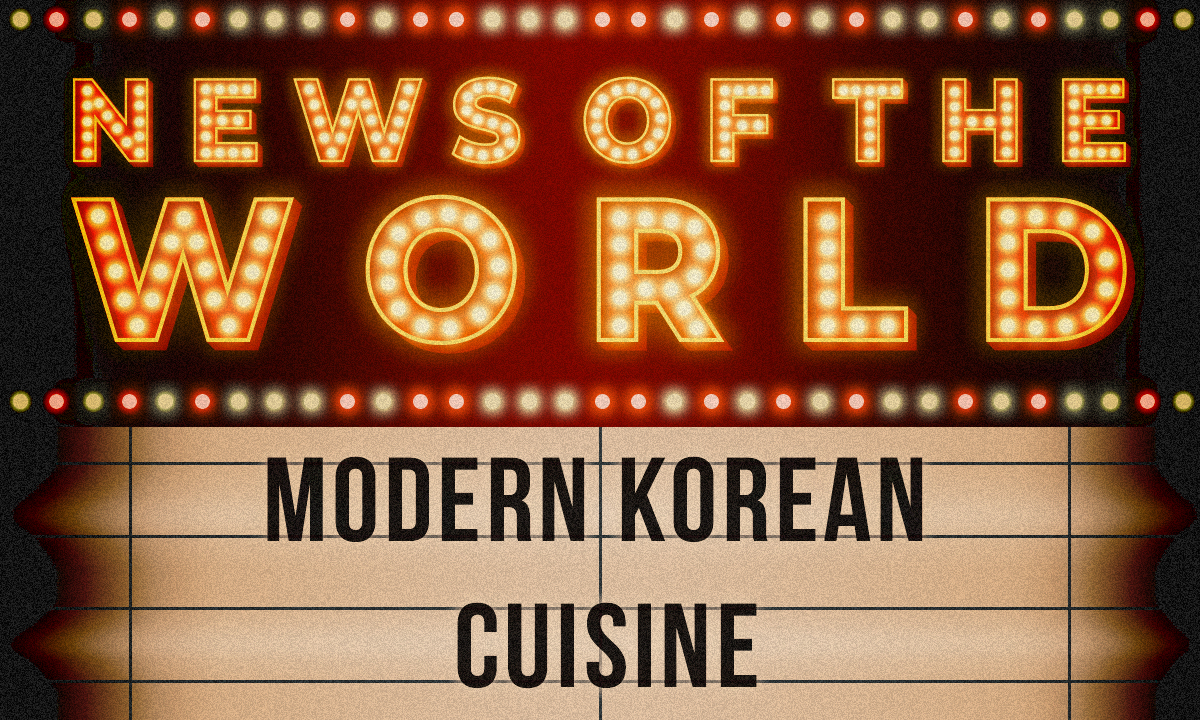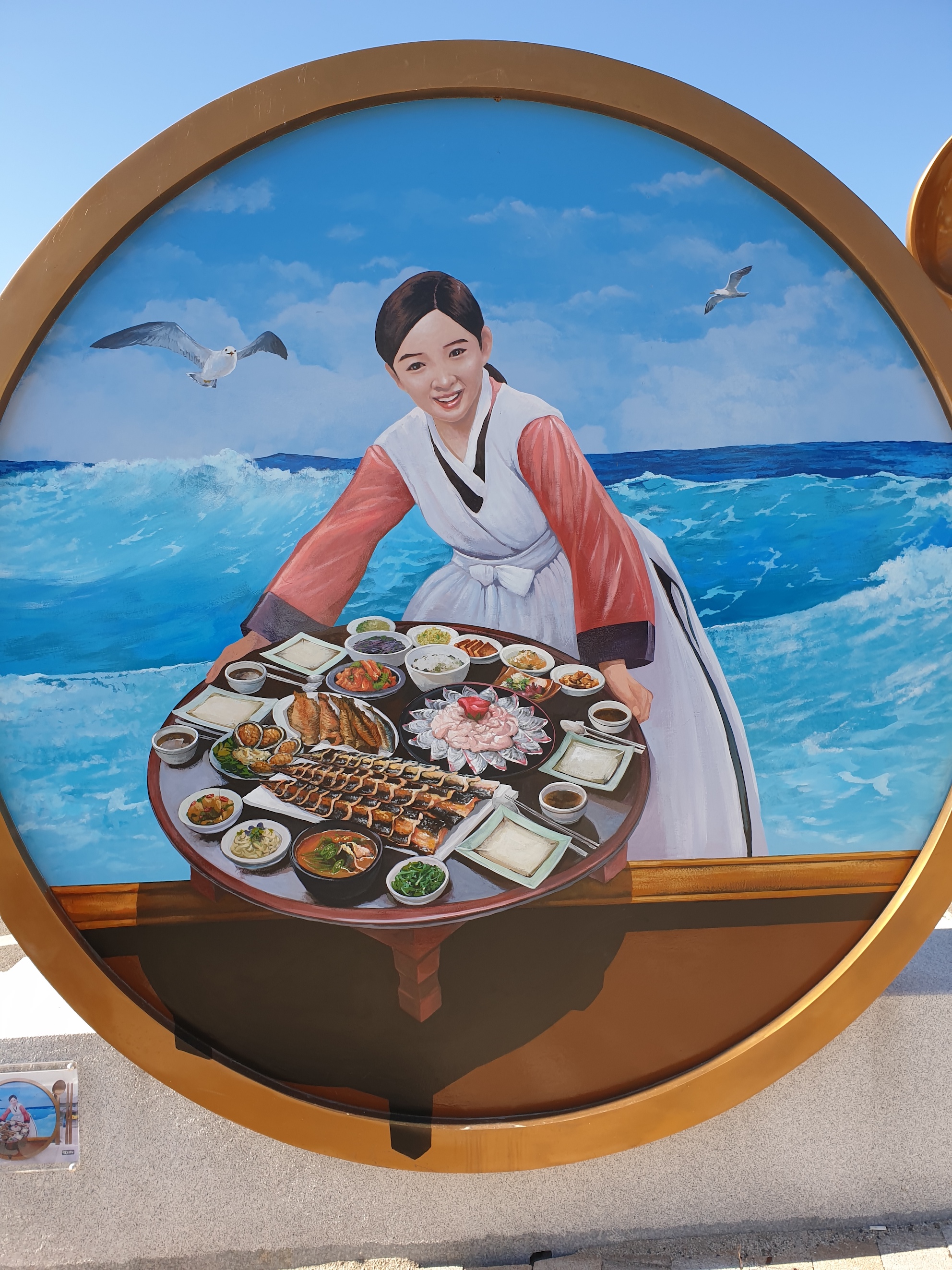
After the 2002 World Cup, there was a significant rise in the number of Korean people headed abroad to study cooking. Interestingly, included among this cohort were different kinds of people with a fair amount of work experience already, a reflection of the growing realization that employers don’t guarantee the future of their employees and a tendency for people to devote themselves to their own lives rather than to a group. They largely consisted of people in their mid-30s to 50s regardless of gender, and they mostly aimed to study in Europe (France, Italy, or England) and the US, and countries with similar food cultures, like Australia. European food was a haven for those who sought to change the conservative way of life that had long dominated Korea. They embraced, for example, the long vacations and relaxed work culture enjoyed in many European countries. As a rule of thumb, the Korean or Asian (that is, Chinese and Japanese) restaurants that made up most of those in Korea had to be open six or even seven days a week, and were part of the Eastern culture of working devotedly for the benefit of the family. This model wasn’t terribly acceptable to the up-and-coming generation of aspiring chefs; in Korea, a restaurant that could take a month off for vacation in the summer or winter was the stuff of fantasy. When they returned home, they continued to study European culture and American culinary tradition (mainly from liberal cities like New York, LA and San Francisco, which had mature food cultures and were the envy of Korean cooks studying internationally) and became trailblazers for transplanting the ideas to Korea.
Graduates fresh out of high school and the “life resetters” already discussed all began to play an active role in Korea from 2002 (or around 2010, more strictly speaking). The sweeping changes that the Korean culinary market, and especially the culture of high-end neighborhood Gangnam (more specifically, Cheongdam-dong), have undergone thanks to these people can’t be denied. One thing that was surprising was that they advocated the local food and slow food trends that were all the rage in the West: They became the first generation to include origins in food names since Western food was introduced to Korea during the Emperor Gojong era of the late 19th century. Names like Jeju red-banded lobster, Seocheon stingray, Seosan shepherd’s purse, Sokcho octopus, Ulleungdo herbs and similar examples began appearing on menus! The names of the dishes grew longer and longer (like they did in three-star Michelin restaurants in the West) and in many cases were more than two lines long. Somehow, this trend led to even more drastic change. A shocking memory for me is when a young chef, who graduated from the CIA in the States (not to be confused with Jason Bourne’s employer), opened a restaurant in a prime Gangnam location and was promoting “modern Korean cuisine.” It’s unclear whether he always cooked in this style. What’s certain is that the trend set off the tendency toward high-end cuisine and that many chefs who specialized in Western foods joined the ranks. He even served chwinamul bread and prepared different types of seaweed. As you probably know, while wild vegetables like those in the bread are the very soul of Korean food, they don’t quite make appealing eats for foreigners (there was no Korean dish that could compete with table BBQ or galbi—the most accessible tastes to them). And then there’s the seaweed! Koreans eat seven or eight different kinds of seaweed at the very least, which they all readily distinguish by name, but do the Western masses have any word to tell them apart other than just “seaweed”? And so, the modern Korean food he was promoting was more than just modern—it was like dropping a bombshell. It’s believed this might have something to do with what those chefs had studied in New York, the dining heart of the US. New York is a city where food from any country can be fused, enjoyed, and fairly judged. It seemed only natural that these young chefs, who had taken in the air of this city and, having witnessed dishes and even cocktails(!) being made with kimchi, the undisputed king and very core of Korean food, would go on to create modern Korean cuisine in Korea itself. In fact, a group of chefs in New York developed kimchi dishes not for Koreans, but for locals. Jungsik, a two-star Michelin restaurant, serves kimchi brine as a sauce for the main dish. Westerns had known about kimchi for a long time, with the Korean government and cultural organizations working especially hard to increase its appeal. And yet, it received little more than curious glances.
Modern Korean cuisine has accelerated even more with Michelin’s arrival in Korea, becoming more than just a trend and settling on standard practices. Western (like French or Italian) cooking styles and kitchen setup are used as starting points, and are then given a twist with Korean ingredients and cooking methods (you could call this fusion). In other words, it’s like a standard, high-end Western-style restaurant, but the ingredients and flavor of the food give rise to a change. Moreover, the stars Michelin has given out in Seoul have had an effect on the ongoing phenomenon of so many restaurants adopting this method.
And for another thing, restaurants that cook dishes that approximate high-end traditional Korean food (it’s hard to say exactly what it is—whether the food of the aristocracy, or within the realm of the royals) but also assume a Western-style fine dining approach where the cooking and serving style allow for fine adjustments, are also gaining popularity among food connoisseurs and high-end restaurant enthusiasts.
Korean food has been a force of complex change inside and out for a long time. It’s clear, though, that it’s had the strongest impact in the past 10 years or so. It seems that things like the media revolution, the emergence of chefs like Enfants Terribles, and higher incomes laid the groundwork. But no one knows what kind of changes are in store for Korean food in the future.
-
 ©️ Chanil Park
©️ Chanil Park
Unauthorized reproduction and distribution prohibited.
- K-food for all!2021.03.31
